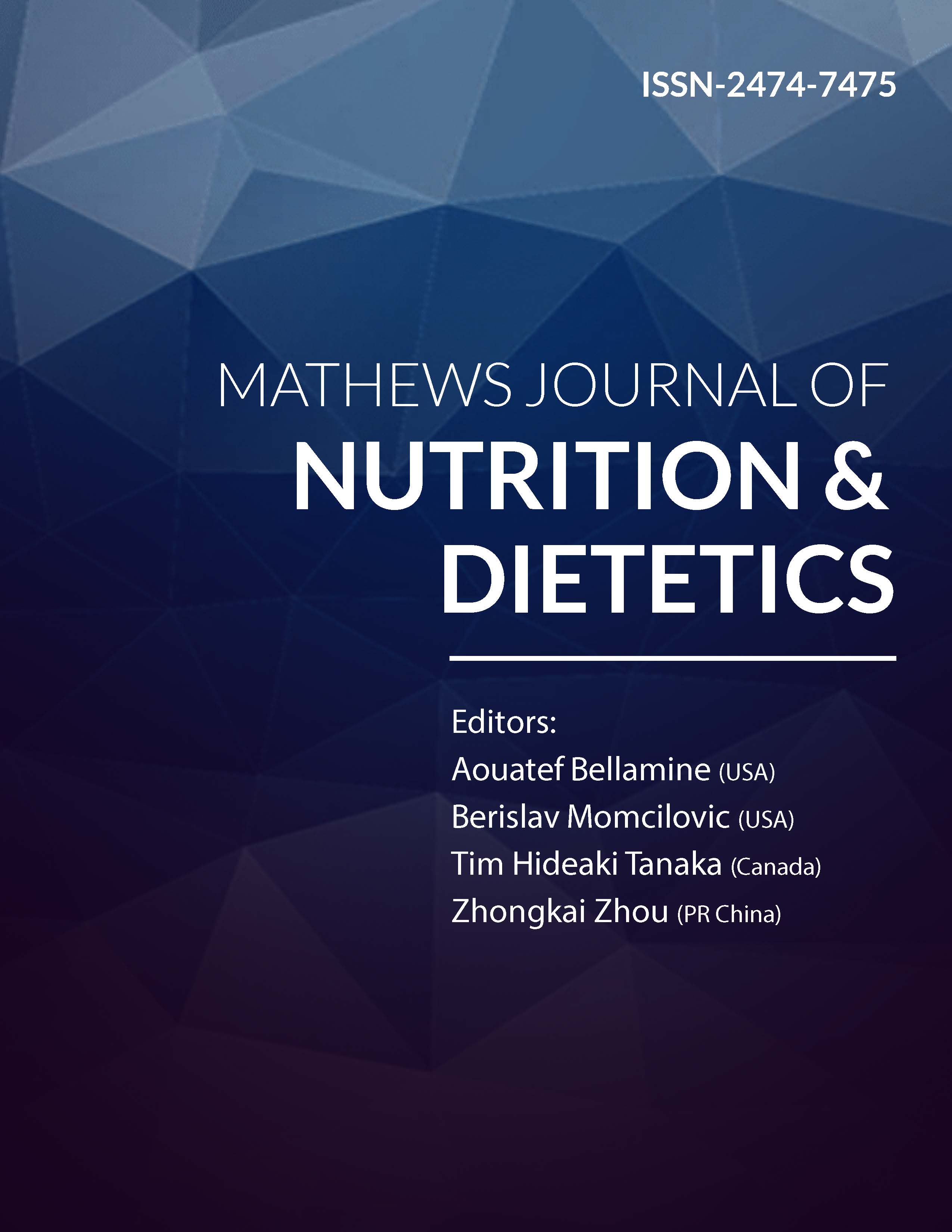
Information Links
Previous Issues Volume 1, Issue 1 - 2016
Prevalence of Metabolic Syndrome Among Iranian Female Teachers Residing in Yazd, Iran
Simin Shahvazi1,2, Ziba Mehri1,2, Azadeh Nadjarzadeh1,2, Amin Salehi-Abargouei1,2
1Nutrition and Food Security Research Center, Shahid Sadoughi University of Medical Sciences, Yazd, Iran.
2Department of Nutrition, Faculty of Health, Shahid Sadoughi University of Medical Sciences, Yazd, Iran.
Corresponding Author: Amin Salehi-Abargouei, PhD in Nutritional Sciences, Department of Nutrition, Faculty of Health, Sahid Sadoughi University of Medical Sciences, Yazd, Iran, Tel: +98-35-38209100; E-Mail:[email protected]
Received Date: 12 Mar 2016
Accepted Date: 10 May 2016
Published Date: 25 May 2016
Copyright © 2016 Salehi-Abargouei A
Citation: Shahvazi S, Mehri Z, Nadjarzadeh A and Salehi-Abargouei A. (2016). Prevalence of Metabolic Syndrome Among Iranian Female Teachers Residing in Yazd, Iran. Mathews J Nutr Diet. 1(1): 003.
ABSTRACT
Background:Metabolic syndrome (MetS) is a nutrition related diseases, which is predicts several life threatening diseases including diabetes mellitus and cardiovascular diseases.
Objectives:The present study aimed to investigate the prevalence of MetS in female teachers.
Participants and Method:This cross-sectional study was conducted on 450 female teachers who lived in Yazd city, Iran in 2015. Blood pressure, anthropometrics and serum triglyceride, high density lipoprotein cholesterol and fasting blood sugar measurements were conducted following the standardized procedures. General information, socio-economic status, education level and physical activity data were obtained through a self-reported questionnaire.
Results:Findings revealed a high prevalence of MetS based on NCEP ATP III criteria (39.11 %) in female teachers. Low HDL-c (48.67 %) and elevated waist circumference (72.22 %) were the most common components of MetS. Prevalence of high fasting blood glucose and high blood pressure was the same (31.78 %). Age, number of deliveries and menopause were significantly associated with likelihood of MetS.
Conclusions:The study results shows MetS is a serious health problem among female teachers residing in Yazd; community based lifestyle interventions seems to be necessary.
KEYWORDS
Metabolic Syndrome; Prevalence; ATP III; Iran.